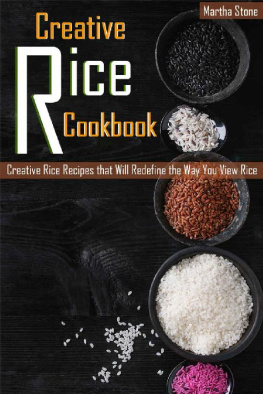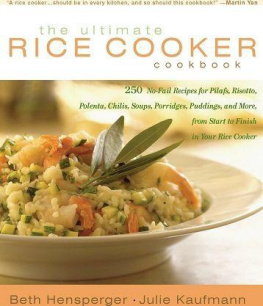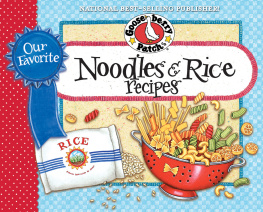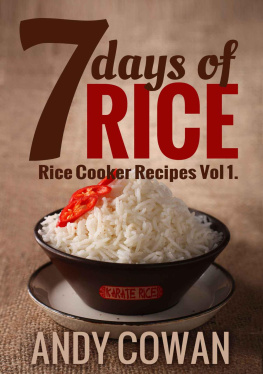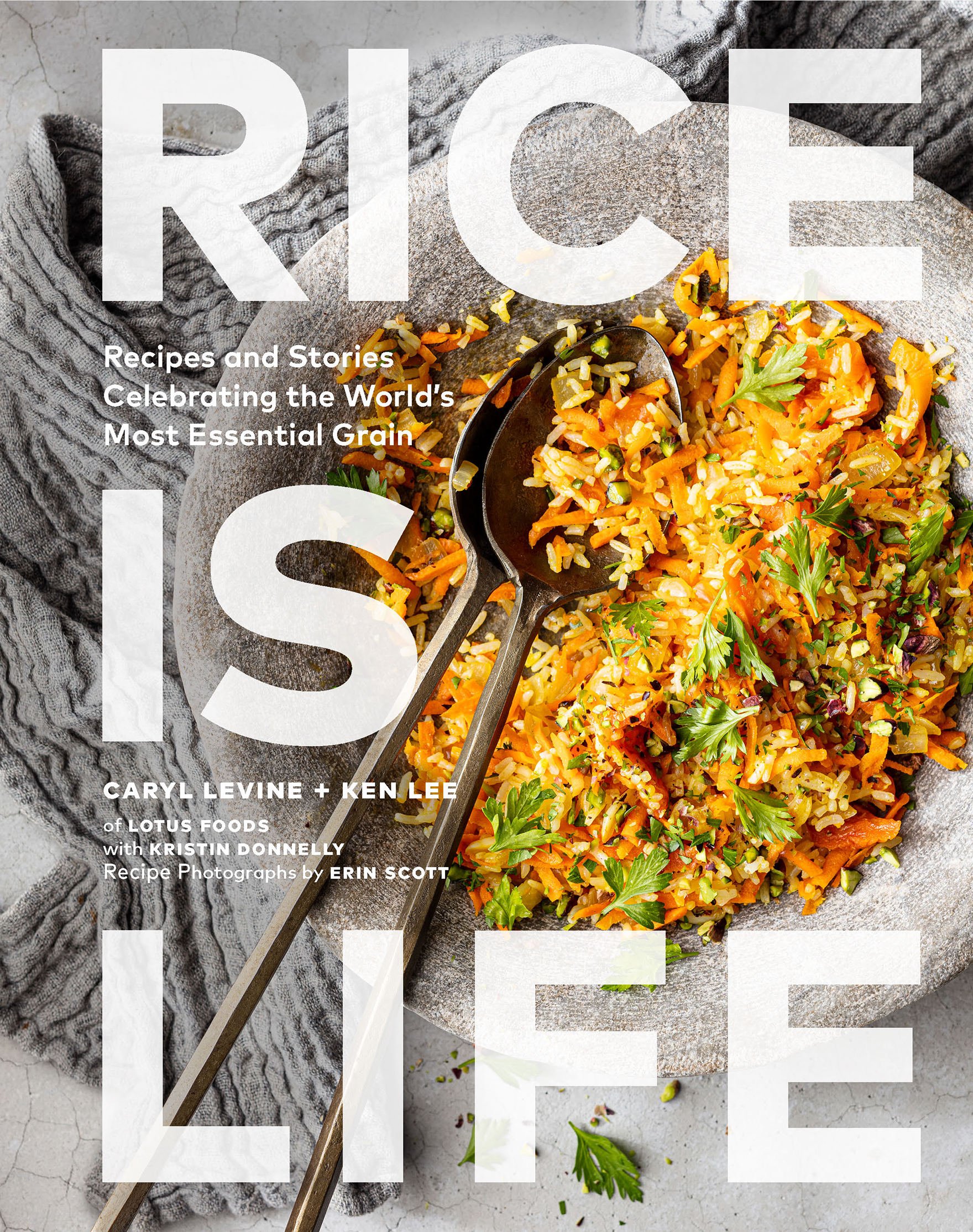Contents
Guide
Pagebreaks of the print version


Text copyright 2022 by Caryl Levine, Ken Lee, and Kristin Donnelly.
All rights reserved. No part of this book may be reproduced in any form without written permission from the publisher.
Library of Congress Cataloging-in-Publication Data available.
ISBN 978-1-7972-1490-0 (hard cover)
ISBN 978-1-7972-1493-1 (epub, mobi)
Food styling by Lillian Kang.
Food styling assistance by Paige Arnett and Huxly McCorkle.
Photo and prop assistance by Eliza Miller.
Design by Lizzie Vaughan.
Typesetting by Katy Brown.
Typeset in Mark and Mabry Mono.
All photographs by Erin Scott except as indicated below.
Other Image Credits
: Photograph by sutlafk, used under license from Shutterstock.com. Back cover image: Photograph by yankane, used under license from Shutterstock.com.
Chronicle Books LLC
680 Second Street
San Francisco, California 94107
www.chroniclebooks.com

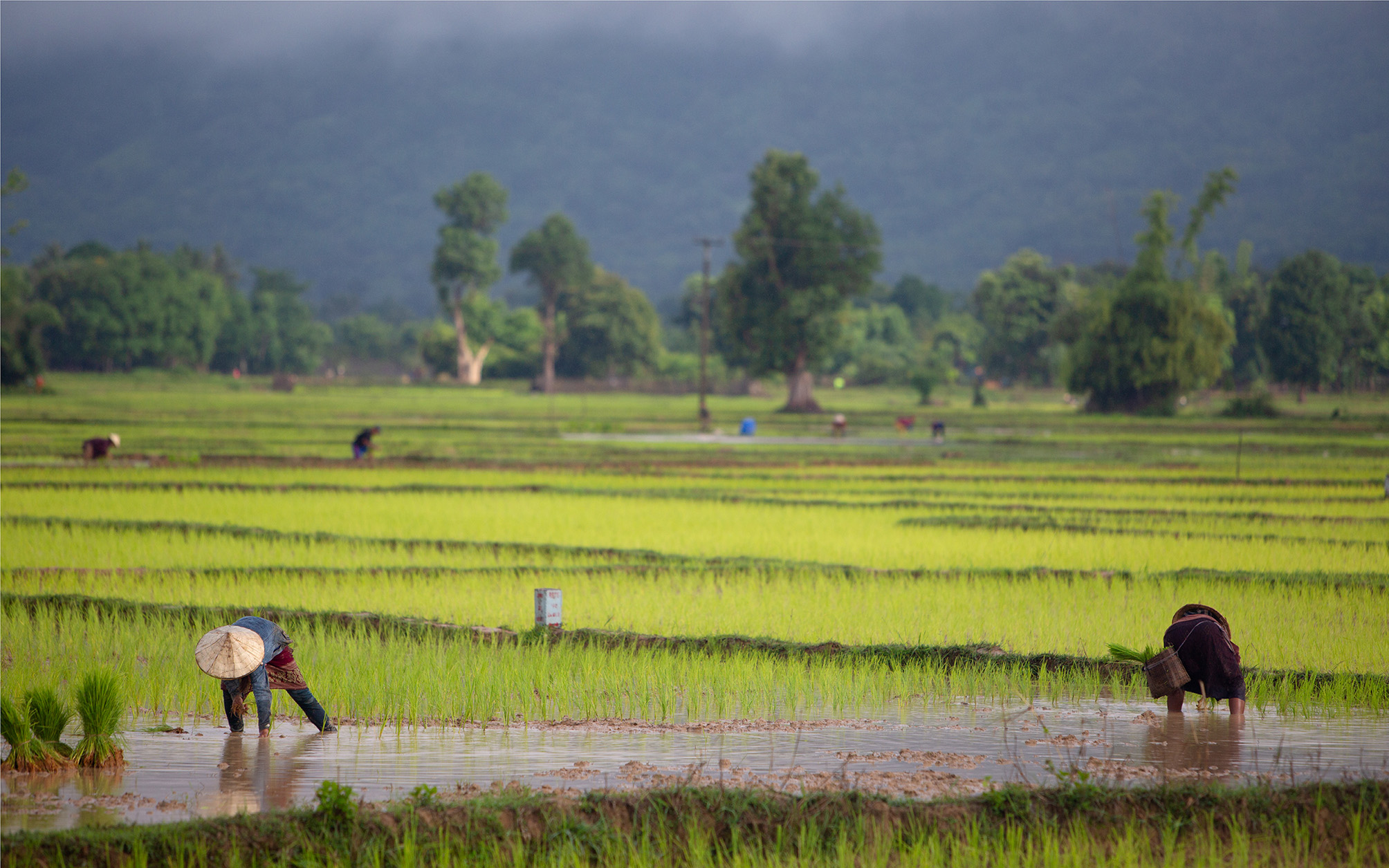
CONTENTS

INTRODUCTION
This book was more than twenty-five years in the makinga love story of sorts, about the incredible diversity of a common grain that sustains half the worlds people. Its our ode to the nuanced and distinct flavors of heirloom varieties and the innovative methods by which they can be grown to reduce damaging environmental impacts and empower the lives of those who grow them. And, of course, its a celebration of the infinite ways this humble, gluten-free pantry staple can be transformed into the most flavorful and nourishing dishes. Heres to rice, the worlds most essential grain.
Our story with rice begins in a small Dai village in Chinas southern Yunnan Province, on the border of Laos and Myanmar. We dont remember our exact meal in the thatch-roofed restaurant that night long ago, but we do remember the rice. Grains the color of the midnight sky, overwhelmingly fragrant and the star of the meal. The day after we tried the unforgettable black rice, we headed straight to the market looking for anyone who could tell us more about it. We learned it was an heirloom variety called longevity rice, because of its nutritional value, or tribute rice, because according to legend, it was reserved for the emperors to ensure their good health.
At home in the United States, we had only ever seen white and brown rice. Black rice, for us, was something new. It was 1993, and weCaryl Levine and Ken Leewere a young couple seeking our next adventure and purpose. China had opened up to more foreign trade and investment, and we sensed opportunity. What from America could we bring to China? We saved our pennies and took leaves of absence from our jobs so we could find out. As we continued traveling through this immense and captivating country, we noticed more black rice at the local markets, but we rarely saw people eating it. Culturally, most people in China preferred white rice as the staple in their daily meals, and they reserved black rice as a medicinal ingredient, prescribed by doctors as a blood tonifier and to help people regain their strength. During a tour of the Forbidden City, the home of the emperors, Ken thought that the name Forbidden Rice had an intriguing ring to it. Instead of bringing something from the United States to China, we thought, how about importing black rice from China to the US?
Before returning from our two-month trip, we shipped 4 lb [1.8 kg] of black rice to our home in the Bay Area of California, one of the most forward-thinking and innovative food hubs in the country at the time. With newly arrived samples in hand, Ken knocked on the kitchen doors of local chefs including Gary Danko, Alice Waters, and Roland Passot, offering a taste of the forbidden! Almost everyone called us and asked, How can I get it? This little bit of market research confirmed our instincts: This rice is spectacular, and we need to bring it here. The question was, how?
In 1994, we trademarked Forbidden Rice to differentiate it from other black rice varieties, and it took us two long years to figure out how to import it. It turned out what we had nicknamed Forbidden Rice was forbidden to us. At the time, most companies in China involved in international trade were large or government controlled. We struggled to find someone willing to take a chance on us and send us a mere pallet of rice. Eventually, we met a young couple, Zuojin Wang and Long Rong, who, like us, were eager to take advantage of Chinas opening to private enterprise. Zuojin was an engineer working in a large company in Northern China, while Long previously had a successful business exporting seafood. They told us theyd be happy to work directly with farmers who grew black rice in Chinas sub-arctic Heilongjiang Province, the geographical limit of where rice can be grown.
The black rice there is a long-season, cold-tolerant variety, very different from most black rice that is grown in tropical regions. Heilongjiang means Black Dragon River, which is the Chinese name for the river Amur. The region is famous for its humus-rich, highly fertile black soils and has become Chinas organic grain basket. High soil fertility enhances yields without the need for synthetic fertilizer and low temperatures, which serve as a natural pesticide, thereby facilitating organic production. To this day, our black rice is grown in small batches on family-owned farms and not on a large commercial scale. Our creation of an international market for this unique ancient rice has helped keep it in production, and the families from whom we source the rice benefit from higher price premiums from Lotus Foods.
From the beginning, we committed ourselves to fair trade and organic agriculture. This wasnt just a niche for us. We believe that agriculture must wean itself from inorganic fertilizers and toxic pesticides for the health of people and our planet. We also believe that providing farmers with a sustainable livelihood is a moral imperative.
In 2005, ten years into our business, our mission became even more ambitious: We would commit to changing how rice is grown around the world. After learning about a rice-growing method called the System of Rice Intensification (read more about it on ), we realized that SRI could help conserve water, improve soil health, increase food security, and mitigate climate change. We committed to purchasing as much rice as possible from farmers practicing SRI and supporting efforts to expand adoption of SRI around the world.
Almost three decades since introducing our Forbidden Rice to Bay Area chefs, we now import a variety of rices, including bamboo-infused Jade Pearl Rice, heirloom basmati and jasmine rice, traditional brick-colored red rice, a tri-color blend, and an expanding line of organic rice-based noodle products. Each rice has its own distinctive flavor and texture that we consider when we cook. It not only brings a delicate floral flavor and intriguing color to our meals but a host of health-giving micronutrients too.





